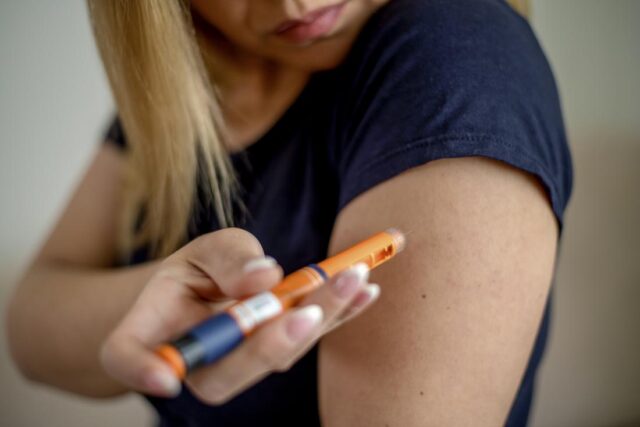There is a reason why India is known as the diabetes capital of the world. According to statistics, diabetes affects about one out of every eleven people in India (either Type-1 or Type-2). According to a World Health Organization (WHO) estimate, India has one in every six individuals (17%) with diabetes worldwide. We checked the available data at the government portal to calculate the total number or exact figure of diabetics in India, and according to it, India has an estimated 77 million people (1 in 11 Indians) formally diagnosed with diabetes, making it the world’s second most affected country after China.
Diabetes is a condition in which the body produces insufficient insulin or is unable to utilise the insulin that is produced properly. Diabetes is a chronic disease, which means it is a long-term illness that impairs the body’s ability to convert food into energy (essential for it to conduct regular/daily tasks). The majority of our food is broken down into sugar (also known as glucose) and then released into the circulation. When blood sugar levels rise, the body tells the pancreas to create insulin, which functions as a key to allowing blood sugar to enter the body’s cells and be used as an energy source.
What everyone misses is that ingesting too much sugar would simply worsen the situation. The answer is straightforward, but first we must comprehend it. What you eat and how you live can clearly make you more likely to get diabetes, but if you consume an excessive quantity of sugar, it isn’t the sole factor.
In actuality, its carbs, and eating too many of them can raise your diabetes risk. It causes Type 2 diabetes by increasing blood glucose levels in the body. Sugar is a carbohydrate; hence excessive sugar consumption can contribute to diabetes. Milk, cheese, yoghurt, pasta, rice, bread, fruit, potatoes, and other starchy vegetables are among the many additional foods available. (Plus, pies, cakes, doughnuts, candy bars, and potato chips.)







